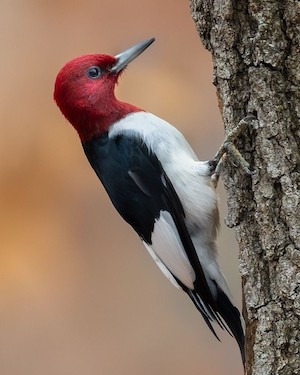Nonagintennial
You are a shining example of strength, wisdom, and grace. Happy 90th birthday!
B … , you have enriched so many lives and made a powerful impact on everything you've undertaken so far …
*How Life Works*
The author is Philip Ball, and the subtitle is A User’s Guide to the New Biology. I thought this book was wonderful, one of the best popular science books I’ve read in a long time. I’m sure its contents are familiar to many MR readers, but for me it was a very good introduction to debunking Richard Dawkins-like “primacy of the gene” stories, rather seeing genes as part of a broader, fairly flexible biological ecosystem.
It is also a very good book for explaining just how much computation goes on in biological systems.
I learned the word “gastrulation.”
Have you ever wondered how the salamander grows its tail back in exactly the right way? It turns out we are not sure why:
These creatures maintain a reserve of pluripotent stem cells for such repair jobs. But making the missing part seems to entail an ability of the regenerating cells to “read” the overall body plan: to take a peek at the whole, ask what’s missing, and adapt accordingly to preserve morphological integrity. Levin believes that this information is delivered to the growing cells via bioelectric signaling. But there are other possibilities. To account for the ability of the zebrafish to regrow a truncated tail to exactly the shape it had oringlaly — stripe markings and all — cell biologist Stefano Di Talia believes that a memory of the target shape is somehow encoded within the cells throughout the tail. In effect, he suggests, the different cell growth rates needed to recapitatulate the missing part are recorded along the edge of the wound.
And I learned about “xenobots“, a new kind of living creature, sort of:
Levin and colleagues discovered xenobots from a “what if” experiment: they wondered what might happen if embryonic frog cells were “liberated” from the constraints imposed by making an embryonic frog body. “If we give them the opportunity to re-envision multicellularity,” he asked, “what is it they will build.”
I found much of interest in this book, definitely recommended. Here is one good review of the book.
